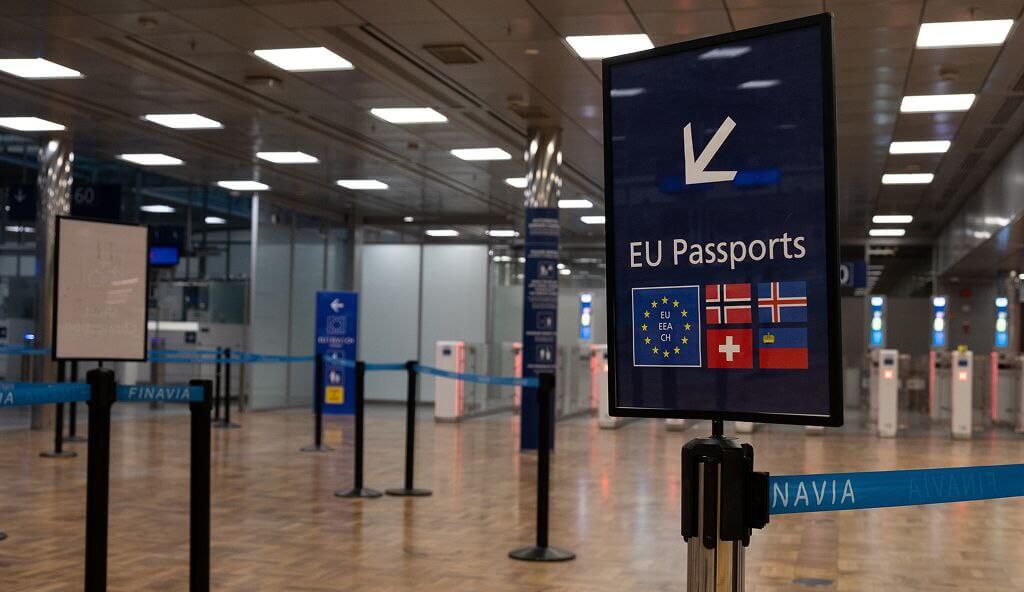- Aug 04, 2025
- 1 min read
EU Biometric Border EES Checks to Be Introduced from October
The EU Commission has set October 12, 2025, as the start date for the roll-out of its long-awaited biometric border Entry‑Exit System (EES).

Photo credit: Michalakis Ppalis / Shutterstock.com
The EU Commission has set October 12, 2025, as the start date for the roll-out of its long-awaited biometric border Entry‑Exit System (EES). Following the EU’s approval of a 180-day timeframe for the system across all land, sea, and air border crossings in relevant EU member states, the EES is expected to be fully implemented by April 10, 2026.
Instead of having passports stamped by a border official, non-EU visitors will need to have their fingerprints and faces scanned, along with their passport details, when they first cross a relevant EU border.
This information will be kept for three years and a day for most travelers, but five years for those who overstay their visa-free allowances. Authorized visitors with biometric passports will then be able to use biometric passport gates.
The EU Commission said:
The EES will thus contribute to preventing irregular migration and protecting the security of European citizens. Additionally, with the increased use of automated border checks, travelling will become smoother and safer for all. The new system meets the highest standards of data and privacy protection, ensuring that travellers’ personal data remains protected and secure.
The EES only applies to the Schengen area, including non-EU states like Iceland and Norway. It will, therefore, not apply to Ireland, which is part of the CTA with the United Kingdom.
Those who refuse to provide biometric details will be denied entry. Meanwhile, the similarly long-awaited ETIAS travel pre-authorization program for the Schengen area is planned for late 2026.



